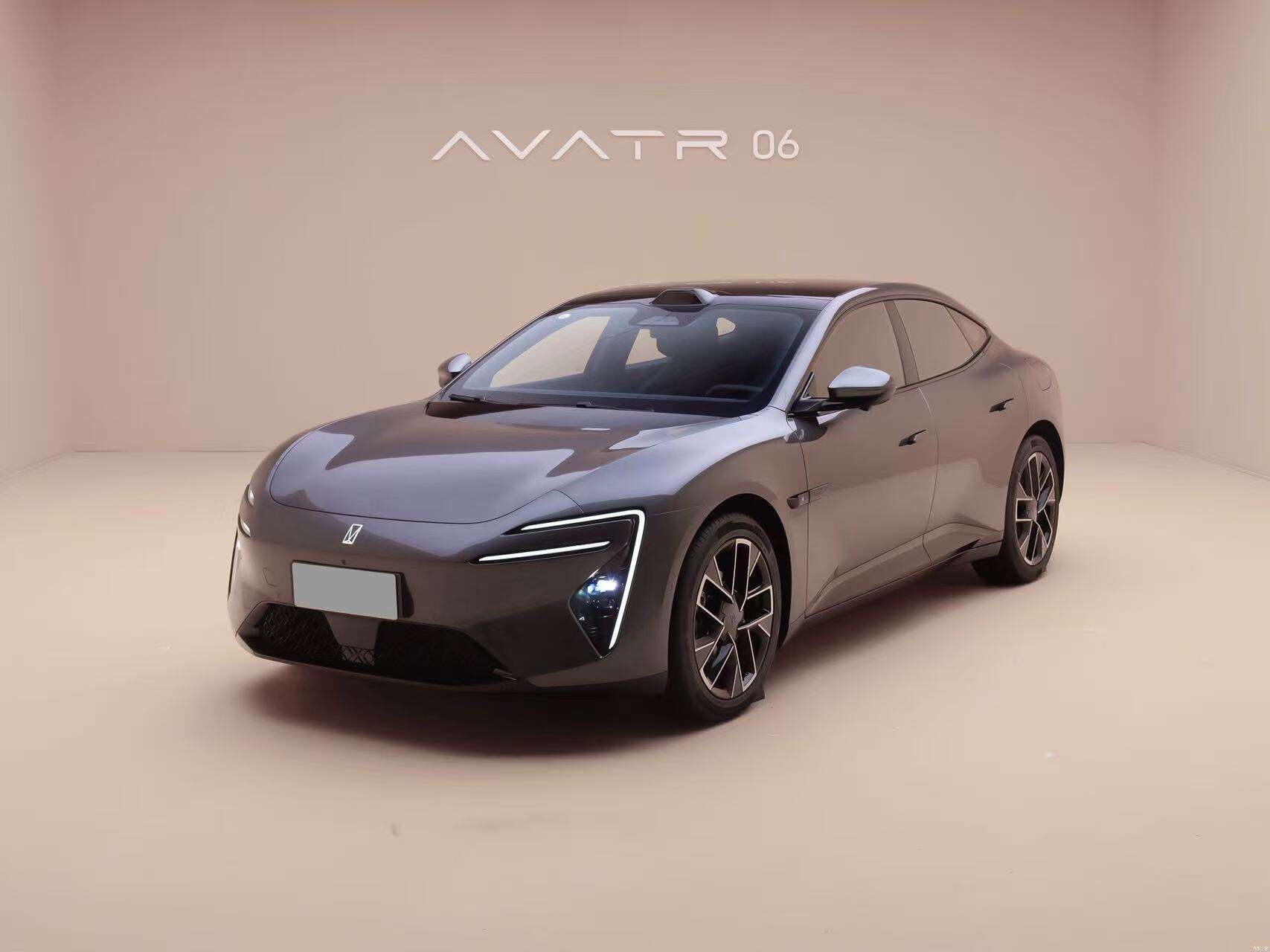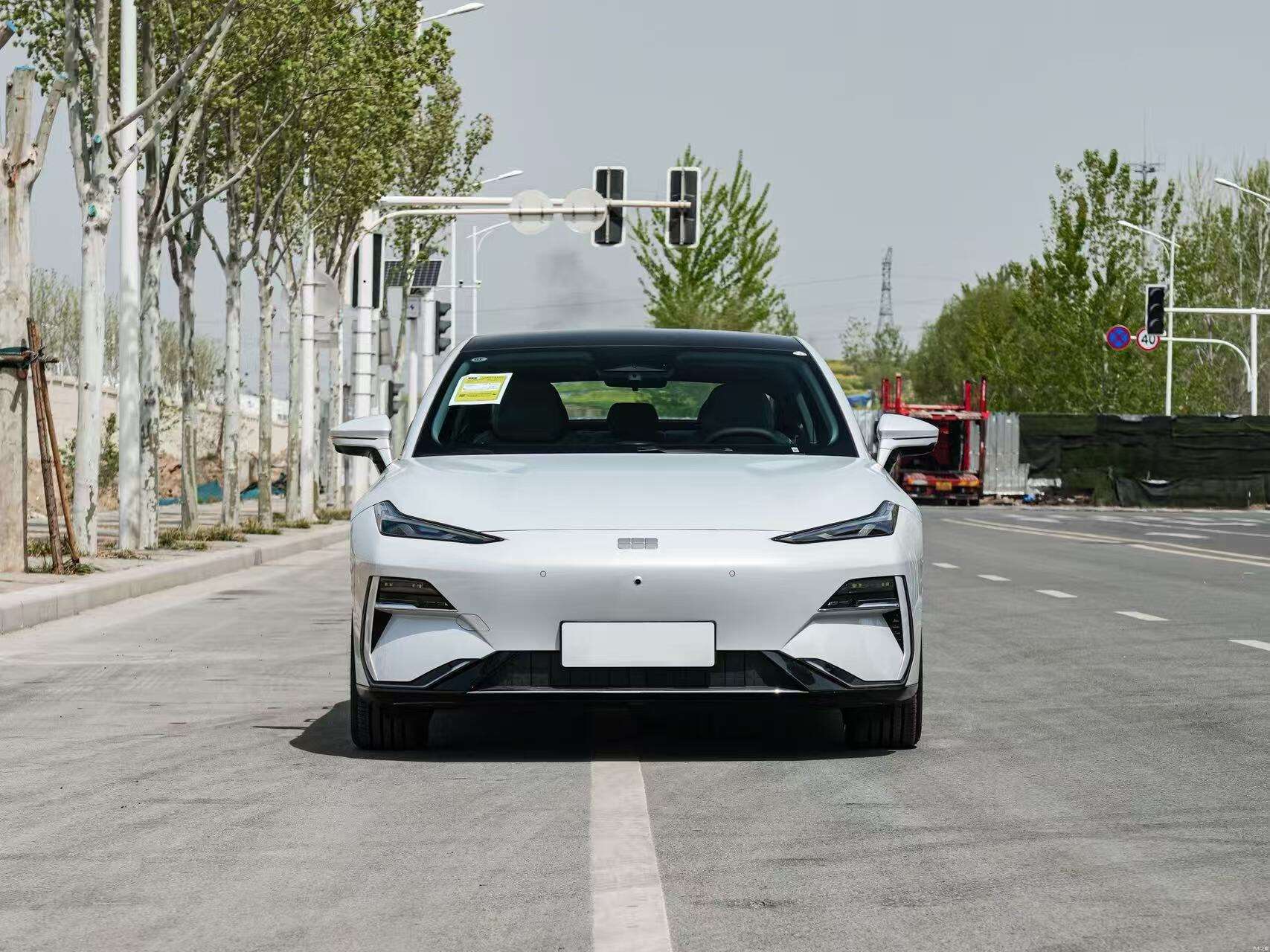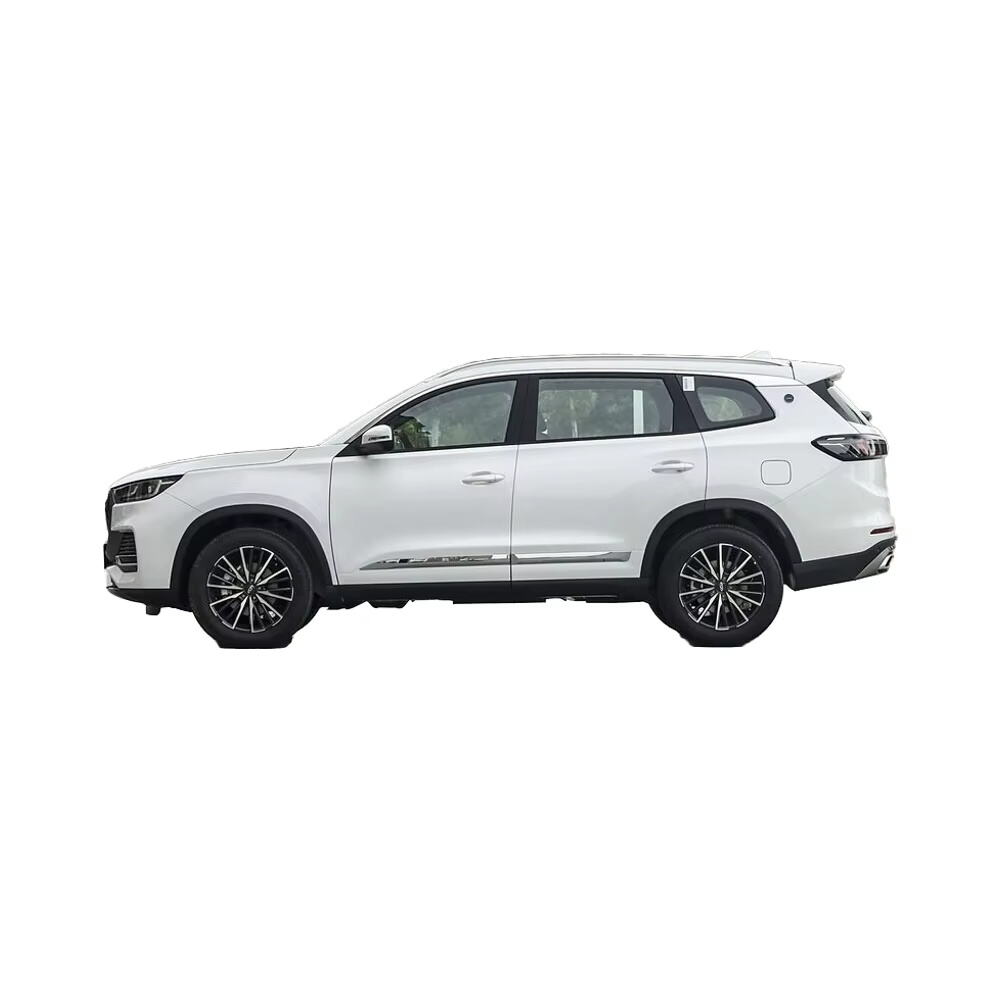sourcing chinese vehicles for export
Sourcing Chinese vehicles for export represents a strategic business opportunity in the global automotive market. This process involves identifying, evaluating, and procuring vehicles from Chinese manufacturers for international distribution. Modern Chinese vehicles feature advanced technological innovations, including electric and hybrid powertrains, smart connectivity systems, and advanced driver assistance features. The sourcing process encompasses quality control measures, compliance verification with international standards, and logistics management. Chinese manufacturers offer a diverse range of vehicles, from compact cars to SUVs and commercial vehicles, equipped with contemporary safety features, entertainment systems, and efficient powertrains. The process includes establishing relationships with reliable manufacturers, conducting factory audits, ensuring quality standards meet international requirements, and managing export documentation. Technological integration plays a crucial role, with many Chinese vehicles featuring advanced infotainment systems, smartphone connectivity, and autonomous driving capabilities. The sourcing procedure also involves navigating regulatory requirements, arranging shipping logistics, and implementing quality assurance protocols to ensure vehicles meet destination market standards.


